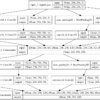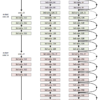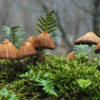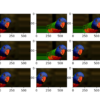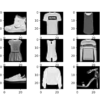There are discrete architectural elements from milestone models that you can use in the design of your own convolutional neural networks. Specifically, models that have achieved state-of-the-art results for tasks like image classification use discrete architecture elements repeated multiple times, such as the VGG block in the VGG models, the inception module in the GoogLeNet, […]
